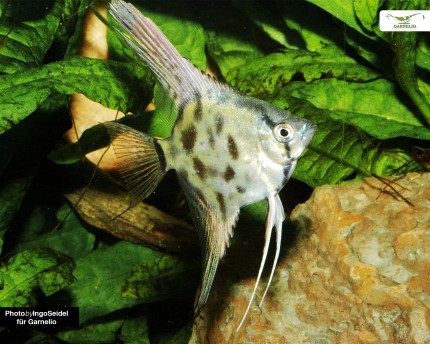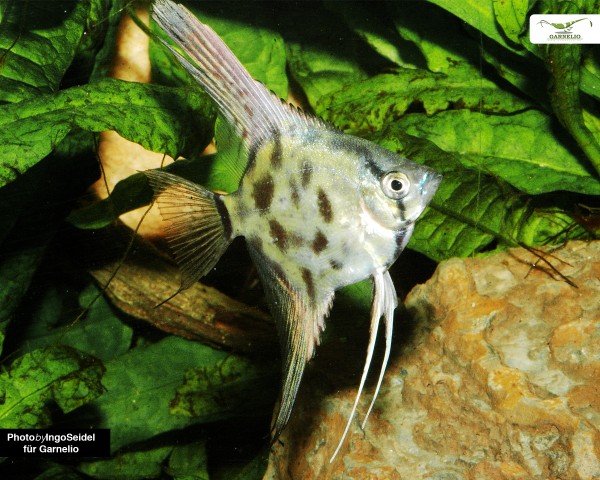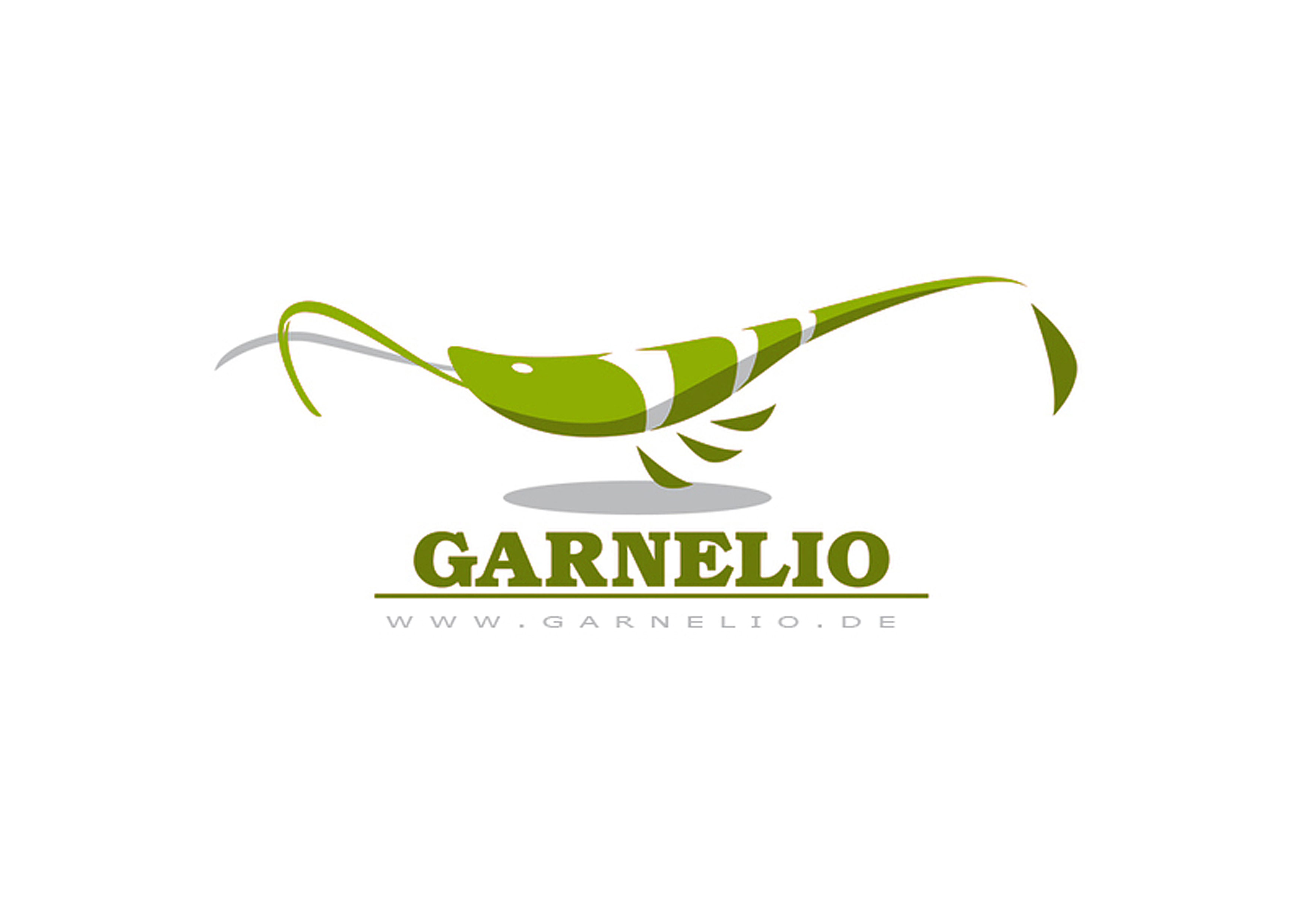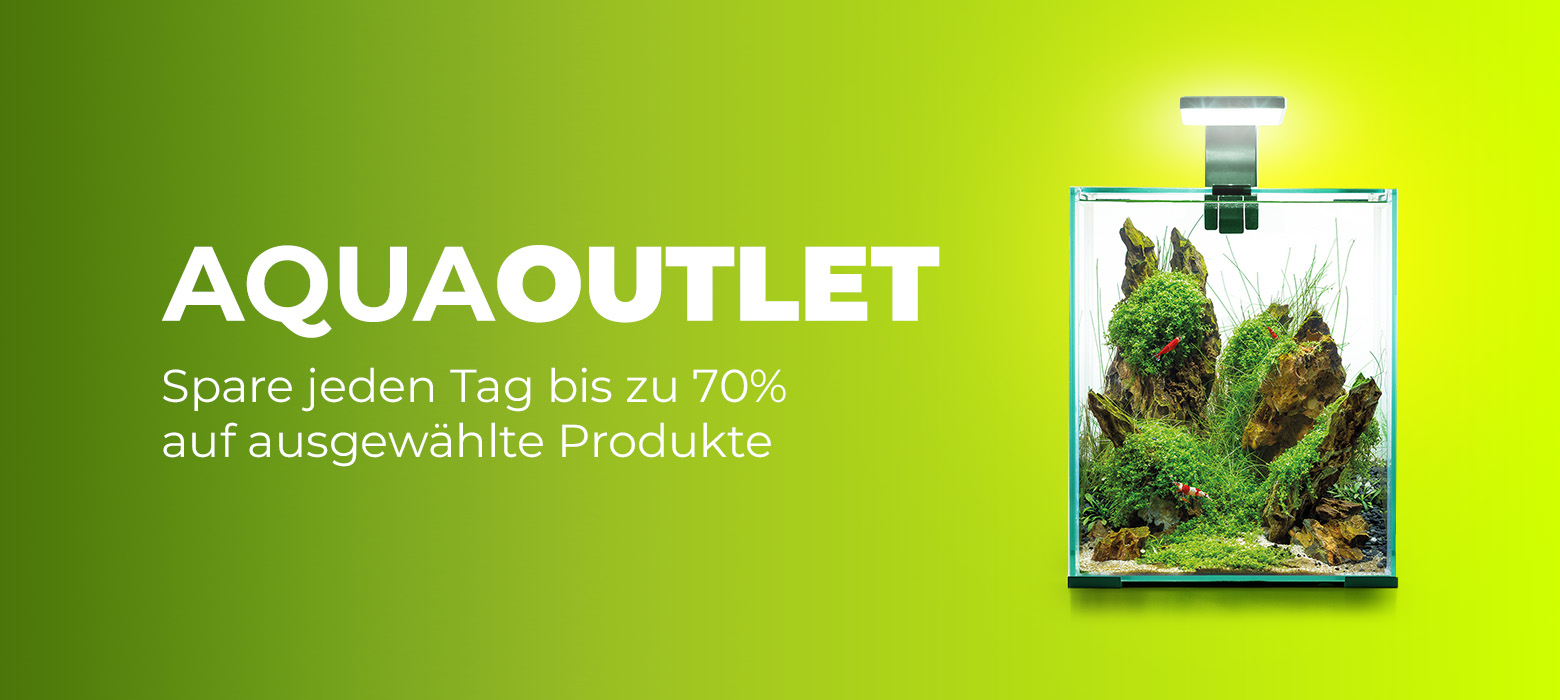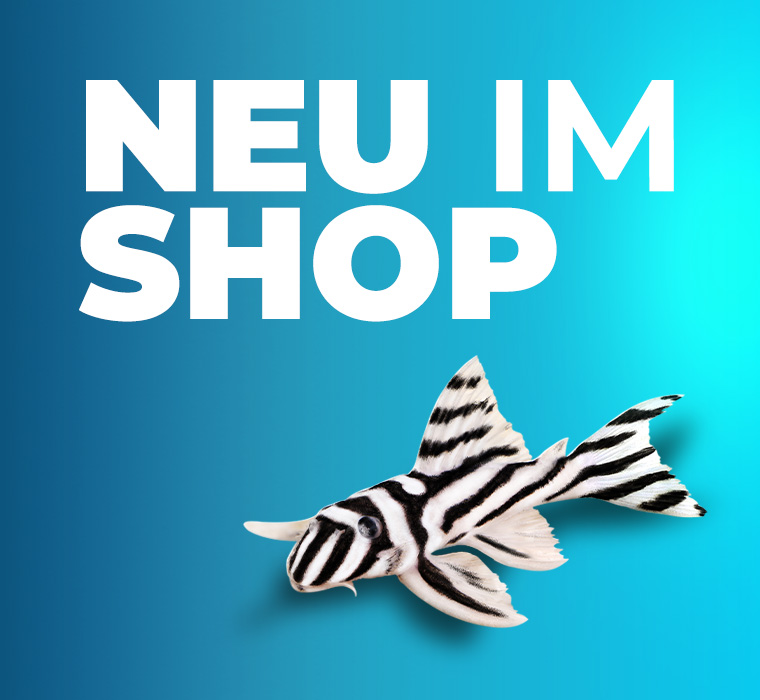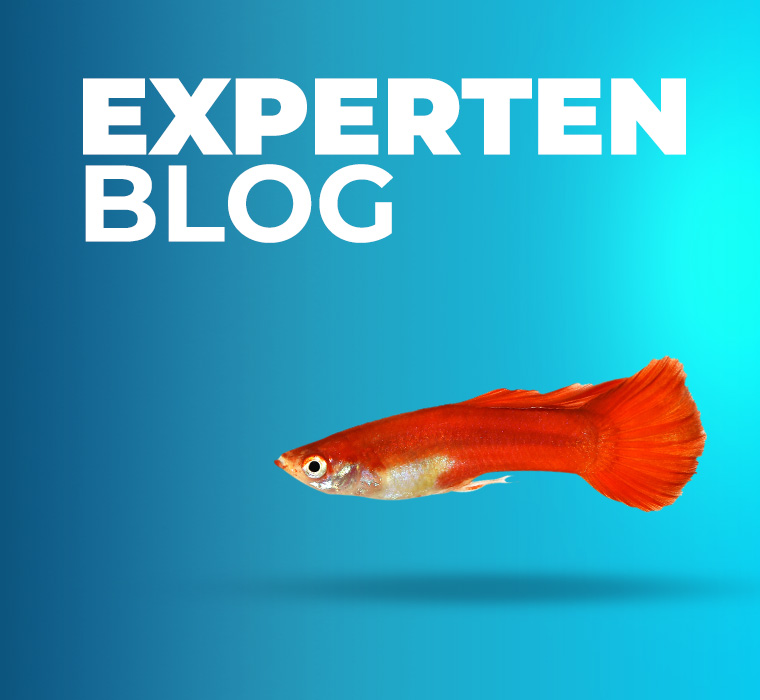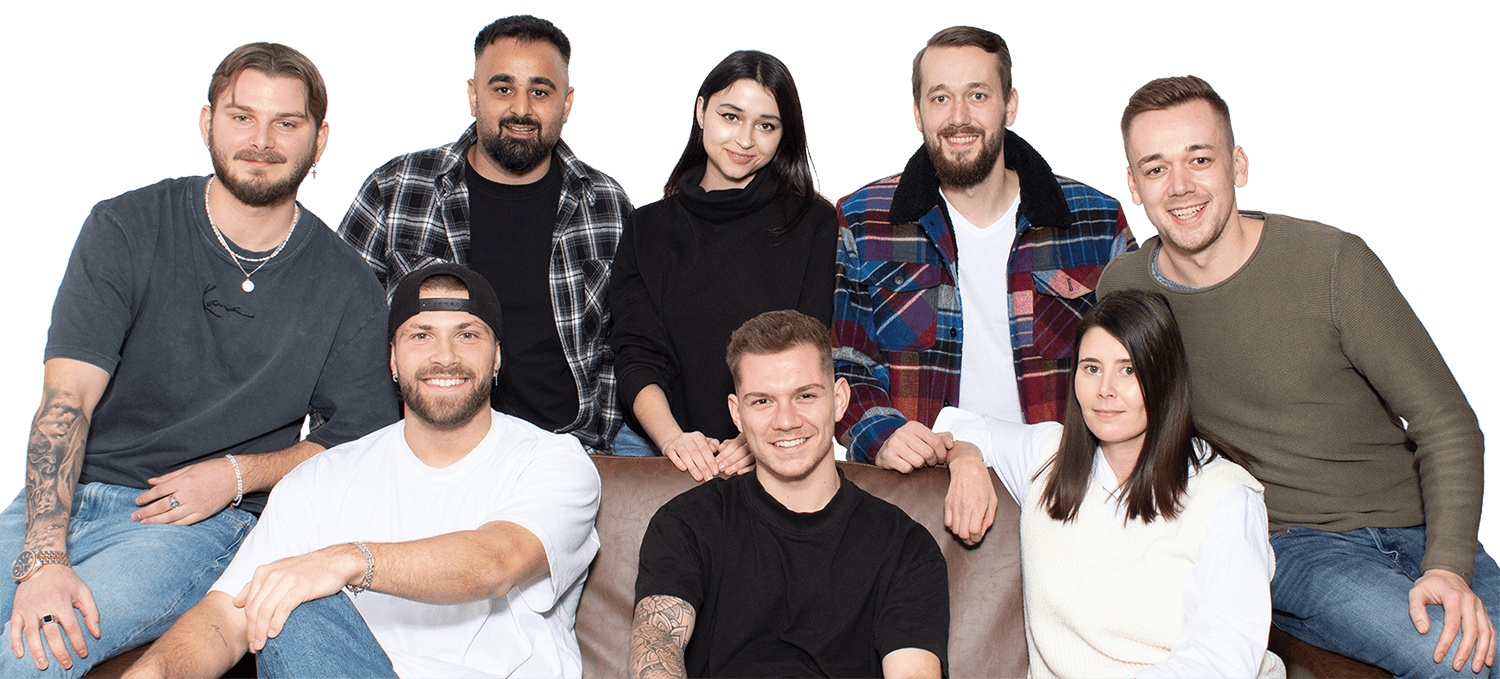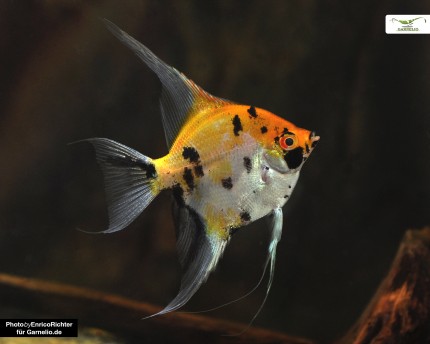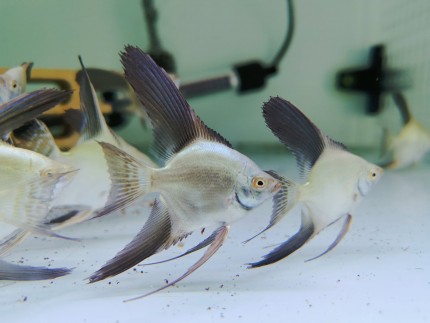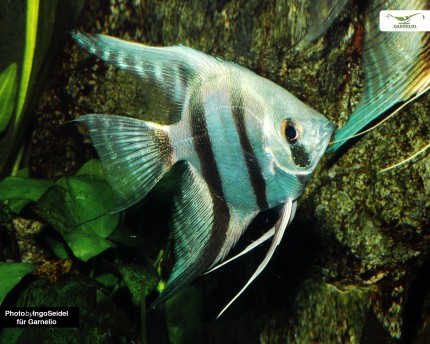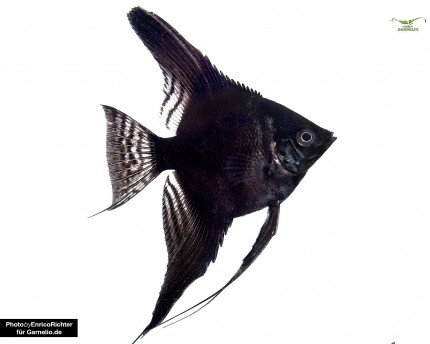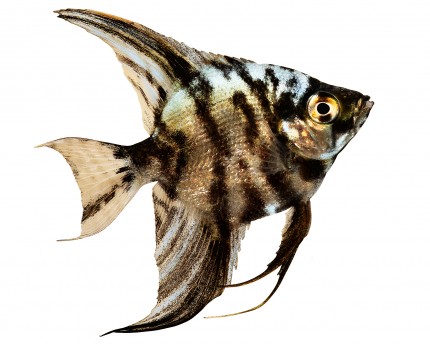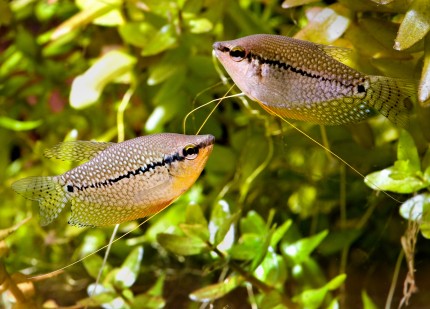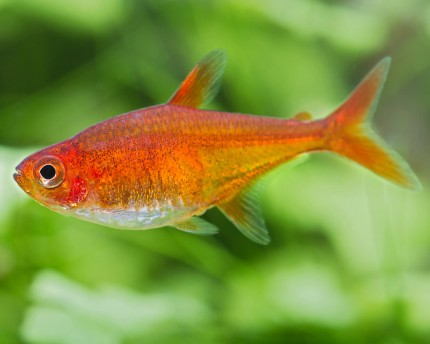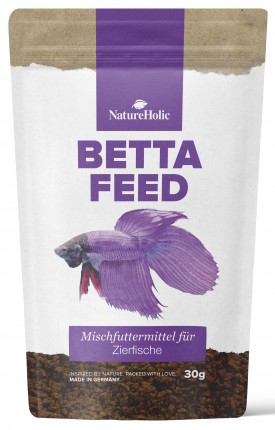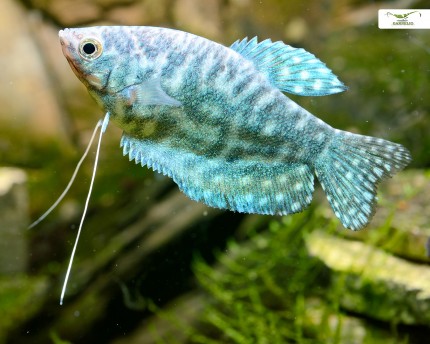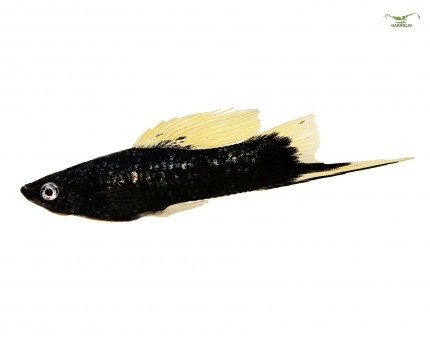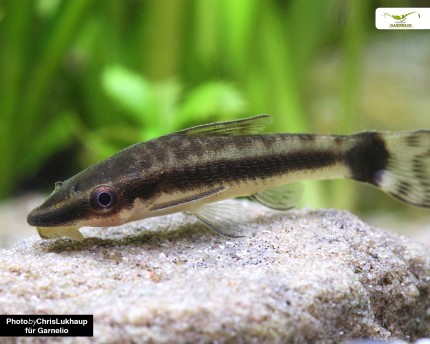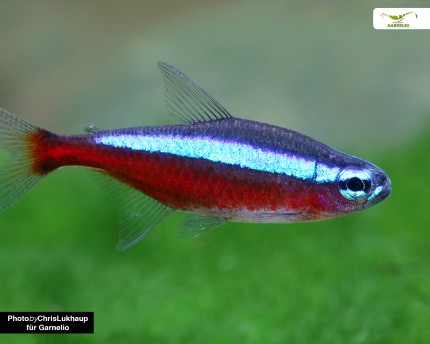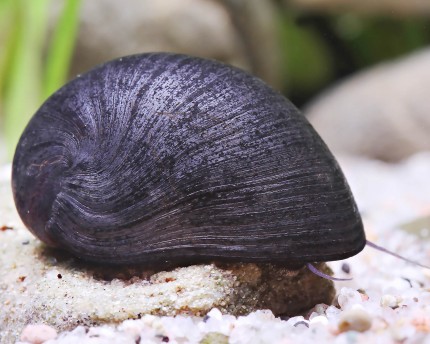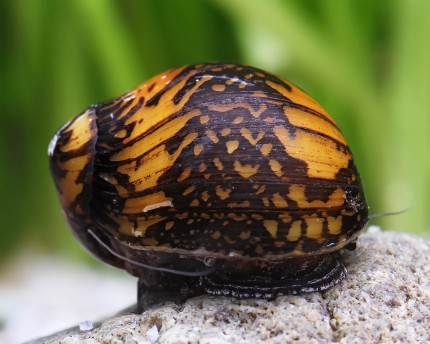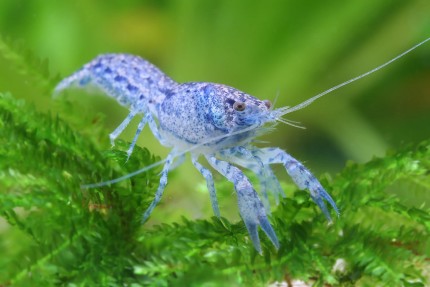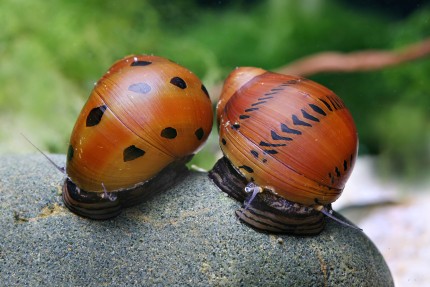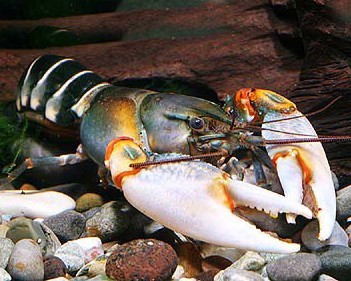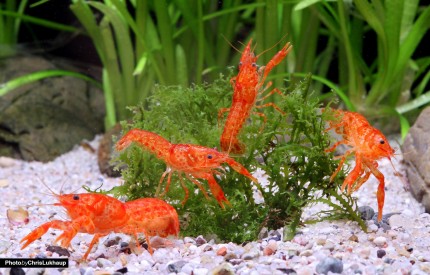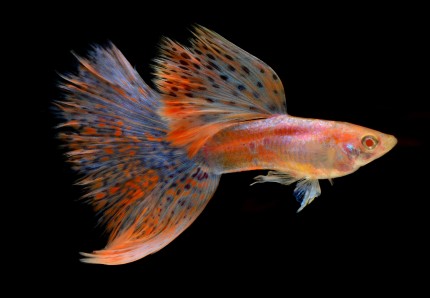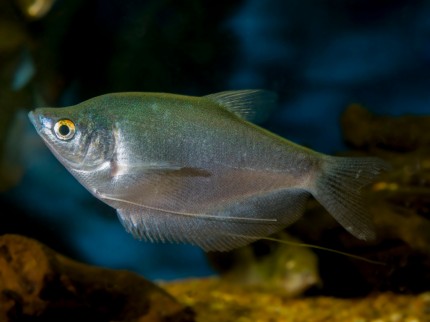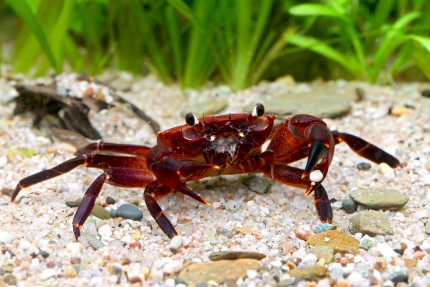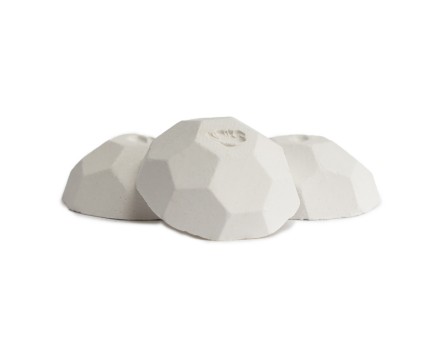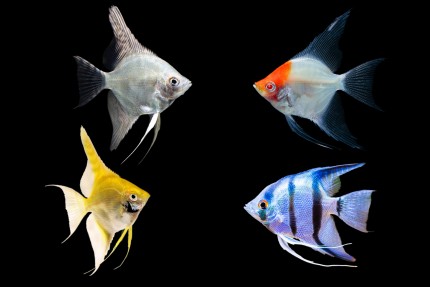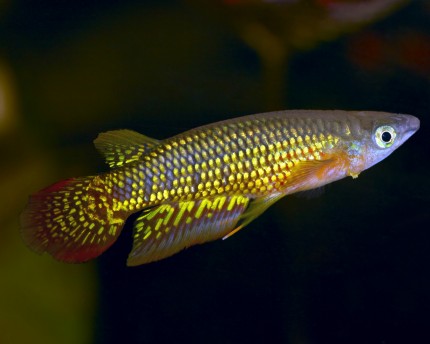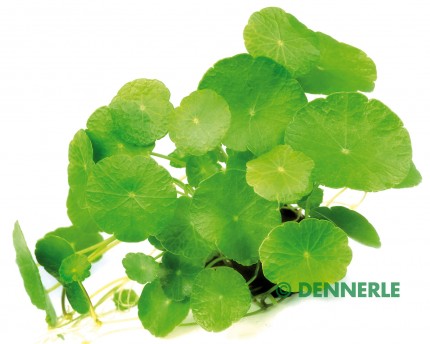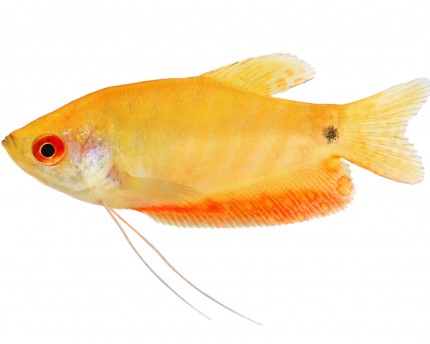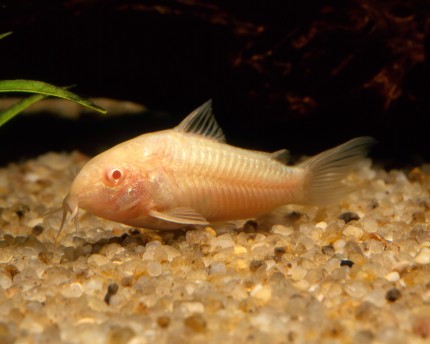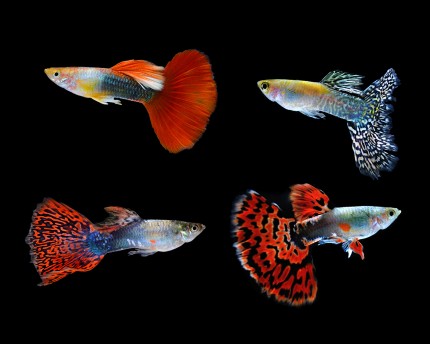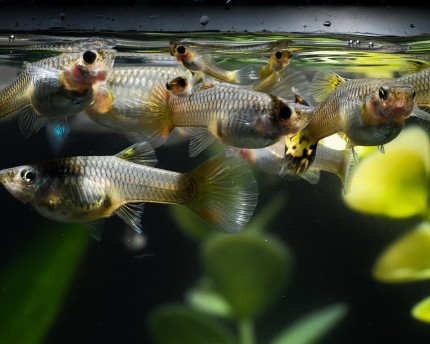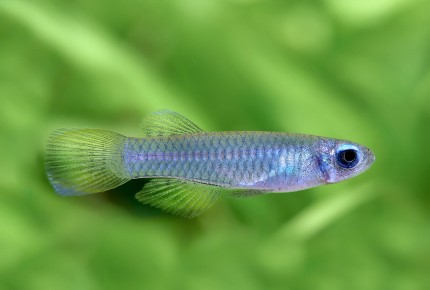incl. VAT plus shipping costs
Ready for shipment in 2 Day(s)
Delivery only innh. Germany and Austria possible.
Switch to the German store
- Item no: 8107
Fast delivery times
All products are in stock with us!14 years of breeding experience
Let our team of experts advise you!High customer satisfaction
from over 3,000 reviews "| Water values: | soft to medium hard |
| Final size: | > 12cm |
| Temperature: | 25-30 °C |
| Visual effect: | interesting body shape |
| Feature: | Interesting coloring |
| with fish?: | Yes, with peaceful fish |
| Fish group: | Cichlids |
| Aquarium size: | 250/300 l (approx. 120cm) |
| Diet: | carnivore - meat eater |
| Breeding: | medium |
| Origin: | South America |
| Difficulty: | 2 - Normal |
| Planting possible?: | Yes |
| with snails/shells?: | Yes |
| Behavior: | Normal |
| with large crabs?: | No |
| with dwarf crabs?: | No |
| with shrimps?: | Socialization not possible |
| Pelvic region: | Center |
| with crabs?: | No |
Also the Leopard Angelfish is a sailfin, which is counted to the common angelfish . It is an interesting color morph of Pterophyllum scalare . Since more than 100 years angelfishes inspire aquarists worldwide - they are one of the first aquarium fishes ever imported. Careful selection and intensive breeding gives us today such a wide color spectrum of these great animals. Originally from the rainforest, these fishes populate in their natural habitats mainly the calm river areas of the Rio Negro up to the Amazon basin. Therefore blackwater aquariums or Amazon biotopes are perfect to offer these animals a lifelike new home!
Our Leopard Angelfish are German offspring, which you will receive in pairs.
Absolutely typical for the Leopard Angelfish is the round body with the flat sides and the long and pointed "sail fins", which gave the fish its name. The terminal mouth is also striking. Due to the long fins the total height of the animals appears more than twice as high as their body height, they reach nearly 26 cm and a length of 15 cm. Their keeping is therefore suitable only in high aquariums from at least 60 cm, better more. With its interesting leopard spots the great drawn Leopard Angelfish provides thereby for optical wildness in the aquarium.
Leopard Angelfish live almost 10 years and are therefore a loyal co-inhabitant for a long time. Already with approximately half a year the animals become sexually mature, approx. 2 years later they are completely full-grown. The external sex differentiation is rather difficult with the Leopard Angelfish, so that the group attitude is advantageous also because of this with several animals. From the loosely together swimming swarm harmonizing pairs form. Although the occasionally appearing "bull's forehead" of the males could also be used as a sex characteristic, the females sometimes also develop this. Females signal their readiness to mate by cleaning spawning substrate. In doing so, she "cleans" flat stones on which she lays her eggs in long rows, which are inseminated by the male. Breeding in a rearing aquarium is more successful than in a community tank. The parents defend the fry and the young fish caringly against predators and other troublemakers. The young can be fed with freshly hatched nauplii.
The special body height of these animals makes it necessary to keep them in very high aquariums of 300 liters or more. First of all the height of the aquarium is more important than the length, because angelfish tend to stress and anxiety caused by too low aquariums, which can quickly make them ill. They should also be kept in groups of at least 5 animals Bog roots and Stones prevent the occasional clarification of the hierarchy by a good infrastructure somewhat. This marks territories and prevents visual contact. Also on a generous swimming space should be paid attention with the organization, here offer themselves large-leaved Sword plants are excellent, because the females like to spawn on their leaves. Regarding their water values angelfish are somewhat more demanding and also prefer a very good hygiene. The water values for the Leopard Angelfish should preferably be a total hardness (GH) of 3 to 15 °dGH and a pH between 6 and 7.5. Temperate changing water when changing water, as well as enriching with Alder cones, Sea almond tree products or liquid Humic substances therefore supports the body's own immune defense of the animals and the well-being.
Corys, Ancistrus and larger Tetra are excellently suited as by-fish. However,pronounced fin biters such as Sumatra barbs, Red of Rio or blood tetras should not be socialized with them. Small crustaceans and other invertebrates are at risk of being eaten by the Leopard Angelfish, but it usually leaves snails alone.
Leopard Angelfish are sensitive to food quality. This carnivore should only be fed very high quality foods, as it has difficulty digesting and excreting unnecessary fillers, which in turn has a negative effect on its water quality. Therefore, a flake food or slowly sinking granulated food for carnivorous ornamental fish is suitable for his diet. Also, its menu can be enriched with impeccable live food or frozen food such as Artemia, Mosquito larvae, Daphnia or Water fleas can be occasionally spiced up.
Our food recommendation: The NatureHolic Cichfeed has a grain size of 1.5 mm and is therefore also suitable for larger fish. It is the NH Cichfeed a soft granules for mainly carnivorous ornamental fish. It has the same consistency as small crustaceans and insect larvae that the fish eat naturally, and the soft granules protect the fish mouth from micro injuries that can be caused by hard feed granules.
Our plant recommendation: For planting, use NatureHolic InVitros. These are free of snails, planarians and other unwanted co-inhabitants. Also free of algae spores, bacteria and fungi.
Expert Tip: We recommend for fish keeping the NatureHolic 3 Phase Liquid. The care set offers the best all-round protection for your animals. It ensures optimal conditions for successful breeding and keeping.
| Scientific name: | Pterophyllum scalare |
| German Name: | Leopard angelfish, sailfin angelfish, common angelfish |
| Difficulty level: | for beginners |
| Origin/Distribution: | South America |
| Coloration: | light base color, brown leopard spots |
| Age expectancy | approx. 10 years |
| Water parameters: | GH 3°-15° dGH, KH 0-8° dKH, pH 6.0-7.5, temperature 22°-28° C |
| Tank size: | 300 l and up |
| Food | Carnivorous; granulated food, flake food, live and frozen food, such as mosquito larvae, artemia, daphnia |
| Breeding | somewhat more complex |
| Behavior | quiet, aggressive towards conspecifics |
| Group size | Groups of at least 5 animals |
| Further information | Ten typical aquarium fish for beginners and alternatives to them, Tips for acclimating fish to the aquarium, Feeding aquarium fish properly - cheap food and what it can do |
- Item no: 8107
- EAN No.: 7427066471385
Entdecke die Garnelio Welt!
Garnelio gehört zu den größten Onlineshops für wirbellose Aquarientiere weltweit.
Viele Artikel gibt es exklusiv nur bei uns im Shop.

